
Calcium deposits may occur in many organs and organ systems including the skin. The condition in which calcium deposits occur in a variety of soft tissues is known as calcinosis. The deposits are usually of different size. Apart from affecting internal organs calcium deposits can also develop under the skin. Each and every part of the skin may be affected. Initially deposits are not firm and cause no problems. However, they eventually lose their softness, become hard and may induce inflammation and pain in the affected area. Calcium deposits under the skin predominantly affect women and they most commonly occur between the age of 35 and 65.
Causes of Calcium Deposits under Skin
There are several types of calcinosis. Each of them develops due to different factors.
The most frequent form of calcinosis is dystrophic calcinosis. It features with calcium deposit which occurs in the area of damaged skin tissue. The skin tissue may be damaged by many illnesses such as lupus, rheumatoid arthritis, scleroderma etc. This damage is an excellent basis for further accumulation of calcium.
Another type of calcinosis occurs in people suffering from metastatic cancers. Bone metastases may induce lysis of the affected bone. Once the bone has been damaged the excess of calcium enters the blood. The rise in calcium levels and improper excretion of the calcium phosphate by kidneys finally leads to formation of calcium deposits in various parts of the body. This type of calcinosis may also affect people suffering from hyperparathyroidism, hypervitaminosis D etc.
Idiopathic calcinosis is typical for children suffering from congenital defects of soft tissues. And finally, there is an iatrogenic calcinosis which affects tissues damaged by different surgical procedures.
Treatment for Calcium Deposits under Skin
Some people suffer from no symptoms related to calcium deposits under skin. On the other hand, others complain about the pain. The pain may be in some cases alleviated with ice packs. Still, this is not a permanent solution. This is why patients suffering from calcium deposits under skin are commonly prescribed pain killers. They may also benefit from cortisone injections where the drug is injected right into the affected skin. Medications may only treat symptoms but calcium deposit remains under the skin.
Deposits can be successfully removed with surgery. Still, it is essential to identify the underlying cause of calcinosis and treat it properly. This way further occurrence of calcium deposits under skin can be successfully prevented. Surgery is performed in patients suffering from large calcium deposits and those who have to deal with intensive pain.



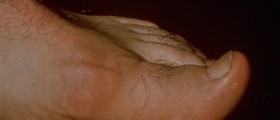

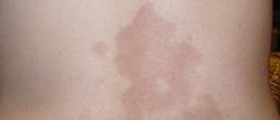




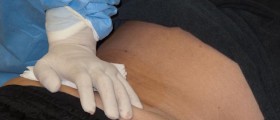

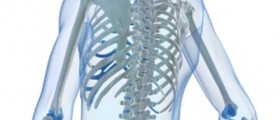
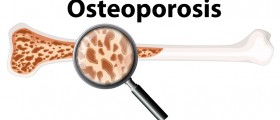



Your thoughts on this
Loading...